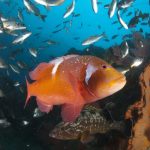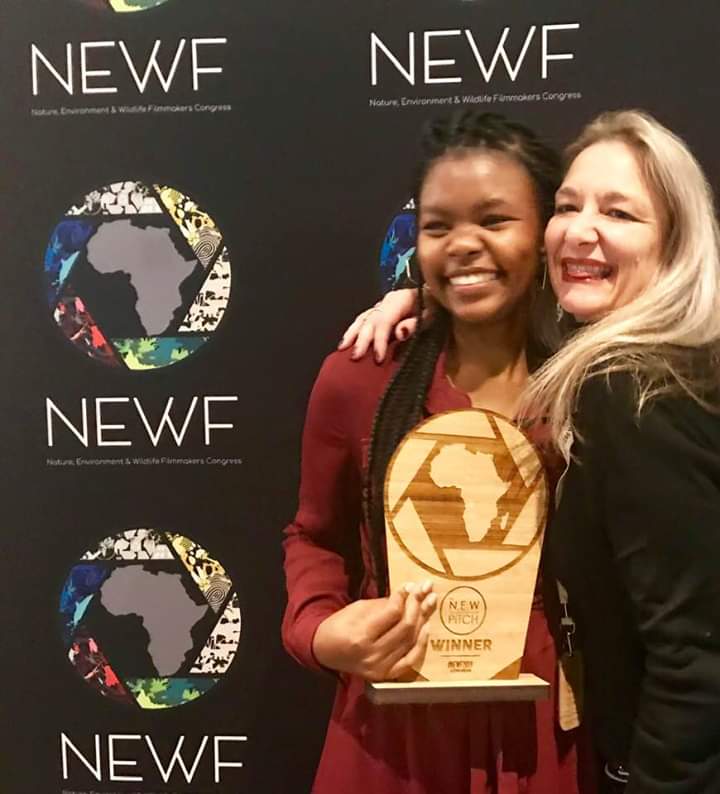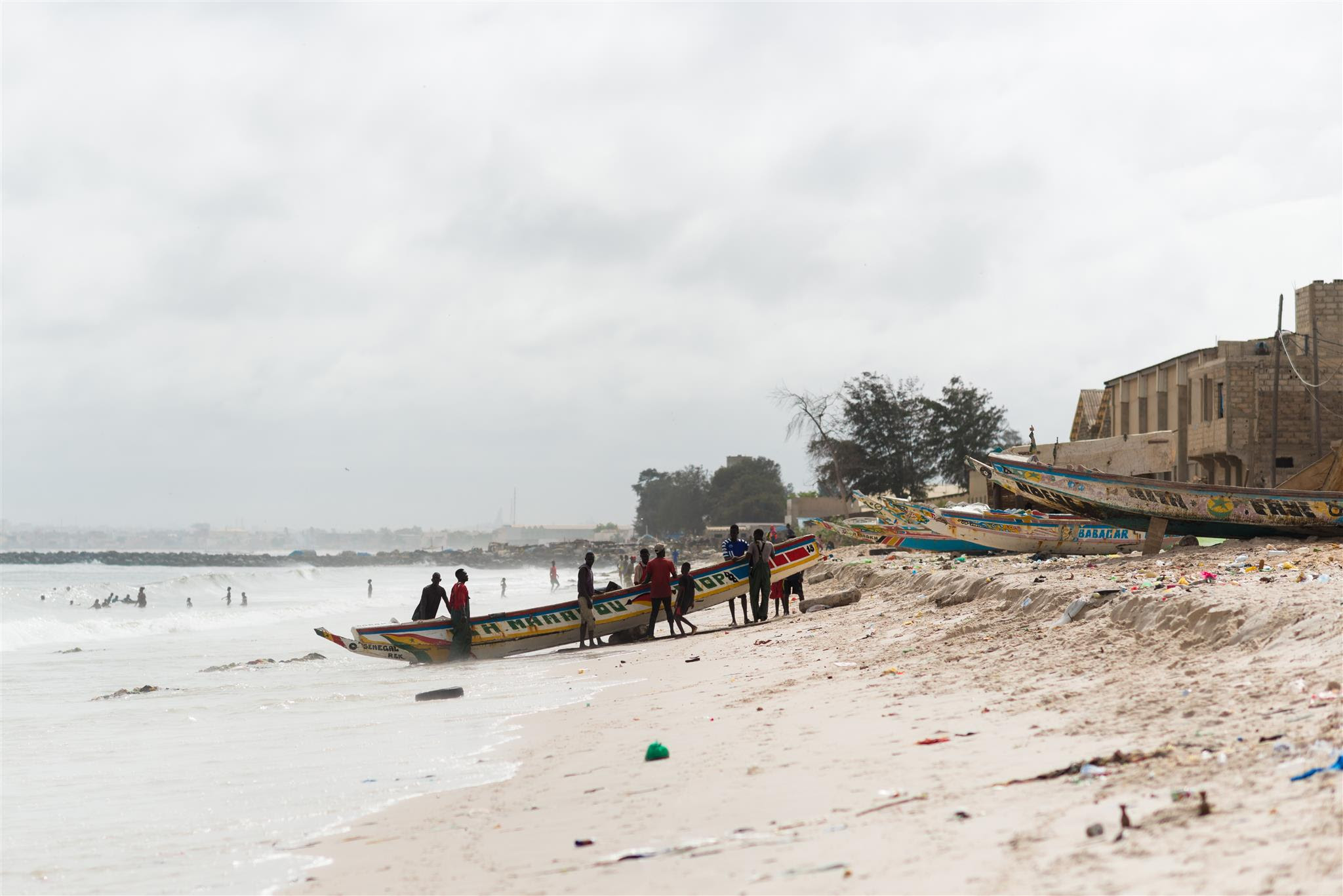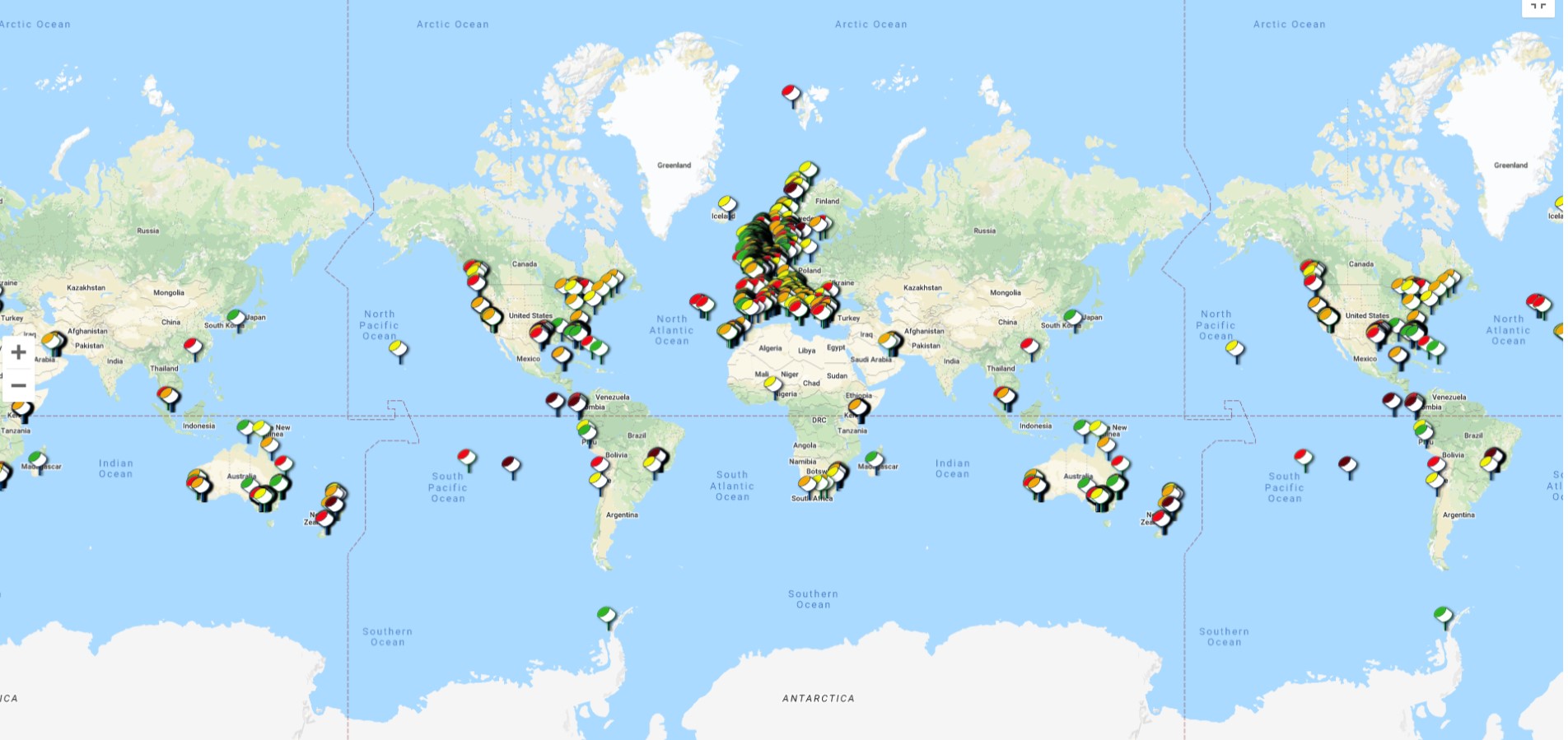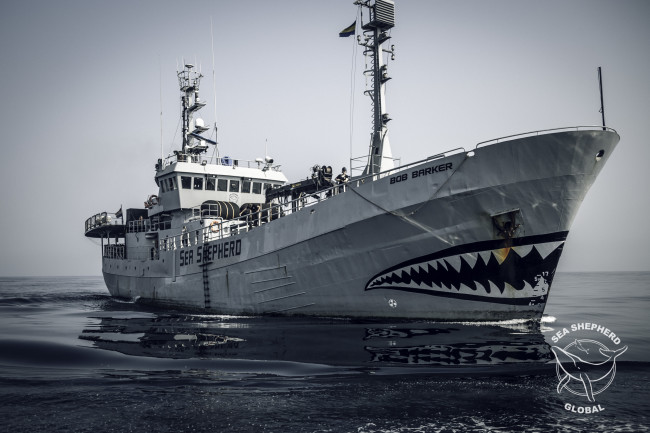A first ever Marine Protected Areas photographic competition – to put people in the picture about the value of conserving our ocean environment – is under way in South Africa.
First published by Good Things Guy
The photo competition covers marine creatures, scenery and activities and is one of several initiatives linked to Africa’s inaugural MPA Day (Sunday, August 1).
Organised by an alliance of ocean conservation agencies, the competition is part of this broader drive to promote MPAs, and ensure that marine life can thrive, reproduce and grow, said Judy Mann, conservation strategist at the SA Association for Marine Biological Research (SAAMBR).
“While many people are aware of the importance of terrestrial protected areas, such as nature reserves and game parks, few understand that the same level of protection can – and must – be afforded to our ocean life as well,” said Mann. “These are effectively the ‘Kruger National Parks’ of the oceans and an investment in our own future well-being.”

South Africa has 41 Marine Protected Areas. These protected areas make up only 5 percent of the country’s coastline – well below the global target set by the International Union for Conservation of Nature. In 2016, it called for protecting at least 30 percent of the ocean by 2030 through a network of MPAs and other conservation measures.
While many marine scientists actively promote this goal, Africa’s first MPA Day empowers all ocean lovers to promote the need for this level of ocean protection.
Get involved
There are many reasons why MPAs are important, said Youth for MPAs spokesperson, Sandile Ntuli. They not only ensure healthy marine life and support adjacent fisheries, but also help with job creation, provide resilience to climate change and contribute to marine research.
“Studies have shown that MPAs have great positive impact, not only on the marine life found in the area, but also on surrounding communities and the economy of the area,” said Ntuli.

Photographers wishing to play their part in promoting MPAs, can submit up to three photographs in each category: scenic, marine creatures and ocean activities, including hiking, surfing, diving, snorkelling and kayaking.
Winners stand to win entrance tickets to various attractions, specialist tours, cruises, books and an A1 acrylic print of the winning photo.
The MPA Day Photo Competition closes on 31 August 2021. Click here to submit entries.
 Meanwhile, a live virtual tour and webinar showcasing four of South Africa’s MPAs starts at 2pm on Sunday August 1. Participants will learn about each of the featured MPAs and meet the people who love, make use of, and protect these areas.
Meanwhile, a live virtual tour and webinar showcasing four of South Africa’s MPAs starts at 2pm on Sunday August 1. Participants will learn about each of the featured MPAs and meet the people who love, make use of, and protect these areas.
“This online event will be ideal for families to join and experience areas of South Africa where they might not have been before, or to ‘revisit’ areas that they love and have explored previously,” said Mann.
Click here to register for the virtual tour.
For further information contact Ann Kunz on 083 392 4147or email ann@saambr.org.za – Roving Reporters
FEATURED IMAGE

Also read
A lot on their plate: Sea custodians must do more
Helping hands show the way
This series of stories on Marine Protected Areas forms part of the Roving Reporters biodiversity reporting project supported by the Earth Journalism Network.


